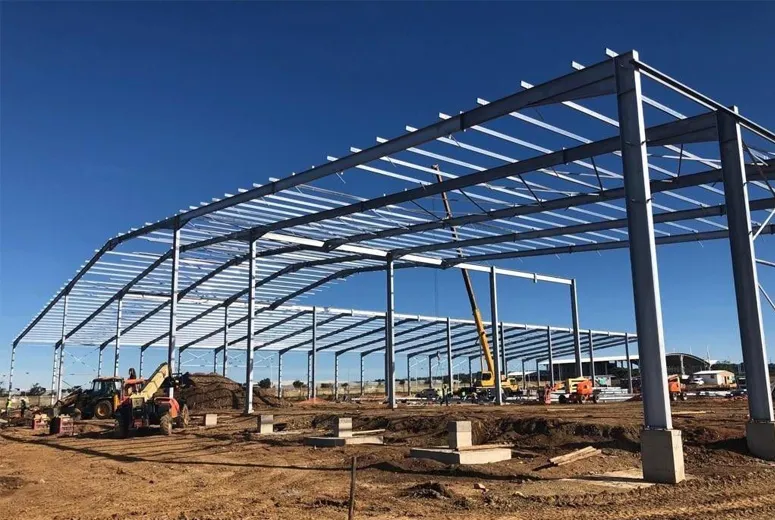- Afrikaans
- Albanian
- Amharic
- Arabic
- Armenian
- Azerbaijani
- Basque
- Belarusian
- Bengali
- Bosnian
- Bulgarian
- Catalan
- Cebuano
- Corsican
- Croatian
- Czech
- Danish
- Dutch
- English
- Esperanto
- Estonian
- Finnish
- French
- Frisian
- Galician
- Georgian
- German
- Greek
- Gujarati
- Haitian Creole
- hausa
- hawaiian
- Hebrew
- Hindi
- Miao
- Hungarian
- Icelandic
- igbo
- Indonesian
- irish
- Italian
- Japanese
- Javanese
- Kannada
- kazakh
- Khmer
- Rwandese
- Korean
- Kurdish
- Kyrgyz
- Lao
- Latin
- Latvian
- Lithuanian
- Luxembourgish
- Macedonian
- Malgashi
- Malay
- Malayalam
- Maltese
- Maori
- Marathi
- Mongolian
- Myanmar
- Nepali
- Norwegian
- Norwegian
- Occitan
- Pashto
- Persian
- Polish
- Portuguese
- Punjabi
- Romanian
- Russian
- Samoan
- Scottish Gaelic
- Serbian
- Sesotho
- Shona
- Sindhi
- Sinhala
- Slovak
- Slovenian
- Somali
- Spanish
- Sundanese
- Swahili
- Swedish
- Tagalog
- Tajik
- Tamil
- Tatar
- Telugu
- Thai
- Turkish
- Turkmen
- Ukrainian
- Urdu
- Uighur
- Uzbek
- Vietnamese
- Welsh
- Bantu
- Yiddish
- Yoruba
- Zulu
Oct . 22, 2024 04:46 Back to list
Pre-Engineered Buildings A Modern Solution for Efficient Construction
In recent years, the construction industry has experienced significant transformation, driven by technological advancements and the rising demand for more efficient building solutions. One of the most promising innovations in this realm is the concept of pre-engineered buildings (PEBs). These structures are designed and constructed using a modular approach, allowing for rapid assembly, cost-effectiveness, and versatility. In this article, we will explore the key features, benefits, and applications of pre-engineered buildings.
What are Pre-Engineered Buildings?
Pre-engineered buildings are structures whose components are manufactured and fabricated in a factory setting before being transported to the construction site for assembly. The typical elements of a PEB include steel frames, walls, and roofing systems. The design and engineering work is done at the factory, which ensures precision and quality. Once delivered to the site, these prefabricated components can be quickly assembled, resulting in significantly reduced construction time compared to traditional building methods.
Advantages of Pre-Engineered Buildings
1. Cost-Effectiveness One of the primary advantages of pre-engineered buildings is their cost efficiency. Since the components are produced in bulk and under controlled conditions, manufacturing costs can be reduced. Additionally, the faster assembly time translates to lower labor costs on-site, making PEBs an attractive option for budget-conscious projects.
2. Speed of Construction Time is a critical factor in construction projects, and PEBs offer an expedited building process. Traditional construction can take months or even years, depending on the size and complexity of the project. In contrast, the modular nature of pre-engineered buildings enables faster completion, allowing businesses to start operations sooner.
3. Design Flexibility Pre-engineered buildings are highly customizable. Manufacturers can provide a variety of designs, sizes, and finishes to meet specific client requirements. This flexibility is particularly beneficial for businesses that have unique operational needs or branding standards.
pre engineered buildings

4. Sustainability The construction industry is increasingly focused on sustainability, and PEBs align well with this agenda. The manufacturing process typically generates less waste compared to traditional building methods, and many PEBs are designed to be energy-efficient. Additionally, the materials used (such as steel) can often be recycled, further enhancing the environmental benefits.
5. Durability and Maintenance Pre-engineered buildings are constructed with high-quality materials that offer strength and longevity. Steel, commonly used in PEBs, is resistant to many environmental factors, including pests, extreme weather, and decay. This durability translates to lower long-term maintenance costs for building owners.
Applications of Pre-Engineered Buildings
Pre-engineered buildings are suitable for a wide range of applications across various industries. Some of the most common uses include
- Warehouses and Distribution Centers The expansive interior space and rapid construction make PEBs ideal for storage and distribution facilities. - Manufacturing Plants Many manufacturers have turned to pre-engineered buildings to house their operations because of their scalability and customization options. - Commercial Buildings Retail spaces, offices, and showrooms can also be constructed using PEBs, offering businesses a streamlined approach to establishing their physical presence. - Agricultural Structures Pre-engineered buildings are widely used in the agricultural sector for barns, equipment storage, and processing facilities. - Recreational Facilities From sports complexes to community centers, PEBs provide the versatility necessary for various recreational applications.
Conclusion
Pre-engineered buildings represent a significant shift in the way we approach construction. With their numerous advantages—including cost savings, speed of assembly, design flexibility, sustainability, and durability—they are becoming a preferred choice for both commercial and industrial projects. As technology continues to evolve, the future of pre-engineered buildings looks bright, promising even more innovations that will shape the built environment in the years to come. Whether for a warehouse, manufacturing plant, or recreational facility, PEBs offer a practical solution for modern construction needs, paving the way for a more efficient, sustainable, and flexible building landscape.
-
How Do Prefabricated Steel Structures Transform Modern Construction?
NewsJul.14,2025
-
How Do Prefabricated Metal Buildings Redefine Modern Construction?
NewsJul.14,2025
-
How Do Prefab Insulated Metal Buildings and Steel Structures Revolutionize Modern Construction?
NewsJul.14,2025
-
How Do Pre - Engineered Steel Structures Redefine Modern Construction?
NewsJul.14,2025
-
Advancing Modular Construction with Prefabricated Metal Structures
NewsJul.14,2025
-
Advancing Industrial Infrastructure with Prefabricated Steel Solutions
NewsJul.14,2025
Products categories
Our Latest News
We have a professional design team and an excellent production and construction team.












